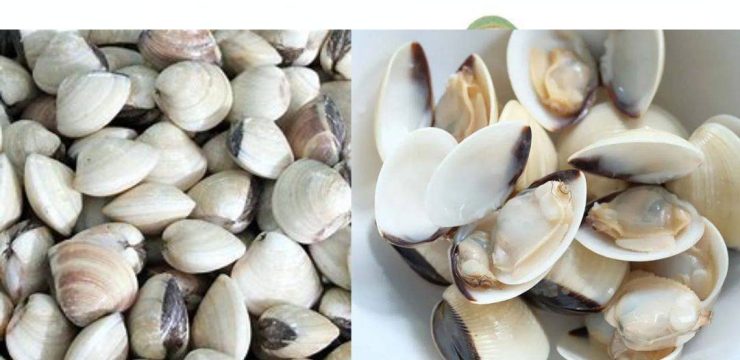We’ve all had those unforgettable kitchen disasters that haunt us long after the mess is cleaned up, and one of mine involved something as simple as a hot lid. I had just finished cooking and placed the hot lid upside down on my brand-new glass top stove. I heard an awful crack, and in that instant, my heart sank.

The glass on the stove had cracked, and I was devastated. The worst part was I had no idea that placing a hot lid directly on a glass surface could do that kind of damage. That incident completely changed how I approach my kitchen. I started reading manuals, paying closer attention to appliance safety, and became much more mindful of how I handle everything in my cooking space. But no matter how careful you are, kitchen accidents can still surprise you—especially when it comes to things we assume are safe because we’ve used them so often. Just a few days ago, I was scrolling through one of my favorite kitchen Facebook groups when I saw a post that absolutely stunned me. Someone had shared a photo of what looked like an explosion of chili covering their entire stovetop. The chili had come from a crockpot, and here’s what happened: after cooking the chili on high for six hours, it still wasn’t done, so the homeowner decided to place the crockpot insert directly on the stovetop to finish cooking it.
Later, when the insert had cooled and they tried to move it to the fridge, the bottom of the crockpot gave out completely, spilling chili everywhere. You couldn’t even see the stove underneath. Honestly, if that had been me, I would’ve sat down and cried for hours before even thinking about how to clean it all up. This sparked a huge discussion in the comments, and the consensus was unanimous—never, under any circumstances, should you place a crockpot on a stovetop. But why is that? Crockpots are designed for slow, consistent heating over long periods, not the intense and focused heat of a burner.
The ceramic insert inside a crockpot is built specifically to handle the low, steady heat that comes from the crockpot’s base. Putting that ceramic directly on a stovetop burner, whether gas or electric, subjects it to a very different kind of heat—one that’s too intense and uneven for the material. This kind of heat can cause the ceramic to expand too quickly, leading to cracks, or in the worst case, the entire bottom breaking off, just like in the story from Facebook. And the damage doesn’t stop at broken ceramic. You also end up with a huge mess of hot food spilling out, which can cause burns and is a nightmare to clean. Not to mention, broken ceramic can scratch or damage your stovetop, especially if you have a delicate glass or ceramic cooktop.
And while sometimes the damage is immediate and visible, other times the ceramic might develop micro-cracks that aren’t noticeable at first. These small fractures can weaken the crock and cause it to break later—possibly during another cooking session, which creates even more risk. There’s also the chance that the heating element in the base of the crockpot could be damaged if it’s exposed to high heat outside of its intended use, which could pose electrical hazards down the line.
You might be wondering if you can use any ceramic dish on the stove, and the answer is generally no. Most ceramic cookware isn’t made for direct stovetop use. There are exceptions like flameware or special ceramic pieces made to withstand stovetop heat, but those are rare and typically labeled as stovetop safe. The key is to always follow the manufacturer’s instructions before placing any ceramic item over a burner. So what’s the big takeaway from all of this? Keep your crockpot where it belongs—on the countertop. If you need to finish cooking something on the stove, use a regular stovetop-safe pot or pan.
It might mean one more dish to clean, but that’s a small price to pay compared to replacing a stovetop or scrubbing chili out of every crevice in your kitchen. After my own experience with the cracked glass stove, I’ve learned to be much more cautious, even with tools I think I know well. I still love cooking and experimenting in the kitchen, but now I do it with more care. And every time I hear about someone else’s kitchen nightmare, I’m reminded that we’re all just one simple mistake away from our next big mess. So take it from someone who’s been there—keep the crockpots off the stovetops and cook safely.





